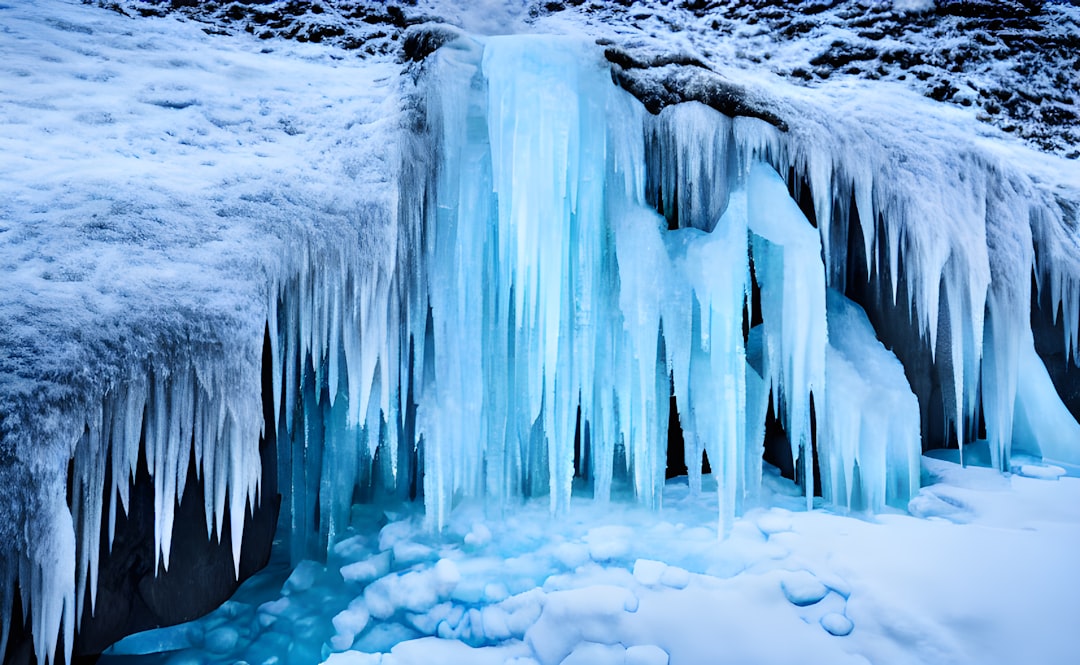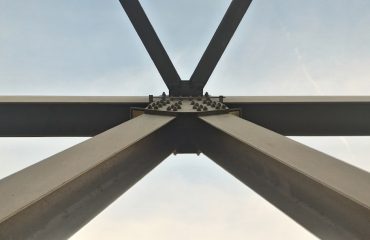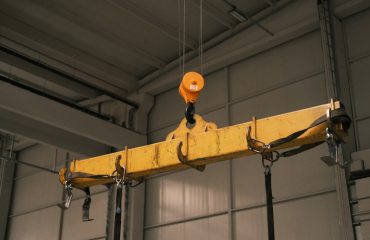Winter’s harsh conditions can wreak havoc on outdoor structures and equipment. From freezing temperatures and heavy snowfall to de-icing salts, the elements pose a significant challenge to the longevity and performance of various materials. However, galvanized steel, with its protective zinc coating, stands as a reliable choice for withstanding these extreme conditions. This comprehensive guide delves into the performance of galvanized products in cold climates, addressing key concerns and providing valuable insights for homeowners, contractors, and engineers alike.
Corrosion Resistance in Sub-Zero Temperatures
One of the primary advantages of galvanized steel is its exceptional corrosion resistance. The zinc coating acts as a sacrificial anode, protecting the underlying steel from rust and degradation. Even in sub-zero temperatures, where corrosion processes might be expected to slow down, the zinc layer continues to offer robust protection. The key is the quality of the galvanization process. Hot-dip galvanizing, which involves immersing the steel in molten zinc, provides a thicker, more uniform coating than other methods, ensuring superior protection in harsh winter environments. However, it’s important to note that extremely low temperatures can slightly affect the zinc’s reactivity. While it doesn’t compromise the protective layer’s integrity, it can marginally reduce the rate of self-healing in minor scratches compared to warmer temperatures. This difference is usually negligible in the context of long-term performance.
Impact of Snow and Ice Accumulation
Heavy snow and ice accumulation can put considerable stress on structures and equipment. Galvanized steel, due to its inherent strength and durability, can effectively withstand these loads. However, the design and installation of galvanized products are crucial. Properly engineered structures with sufficient load-bearing capacity are essential to prevent damage from excessive snow and ice buildup. Regular snow removal is also recommended to minimize stress and potential damage. Furthermore, the smooth surface of galvanized steel helps prevent ice from adhering as strongly as it might to rougher surfaces, simplifying the cleaning process.
Thermal Expansion and Contraction
Fluctuations in temperature between freezing and thawing can lead to thermal expansion and contraction in materials. Galvanized steel, like other metals, experiences this phenomenon. While this expansion and contraction is typically minimal, it’s important to consider it during design and installation. Proper expansion joints and fasteners can accommodate these movements, preventing stress buildup and potential damage. Failure to account for thermal expansion can lead to cracking or warping of galvanized products over time, especially in situations with significant temperature swings.
Maintenance of Galvanized Products in Cold Climates
While galvanized steel is inherently durable, regular maintenance can extend its lifespan significantly, particularly in challenging winter conditions. Routine inspections can help identify any minor damage or corrosion early on, allowing for timely repairs. Removing snow and ice promptly prevents excessive weight buildup and potential damage. Cleaning away de-icing salts, which can be corrosive over time, is also crucial. A simple rinse with water after a snowfall or ice storm can significantly reduce the risk of salt-induced corrosion. For more significant damage, repainting or touch-up with a zinc-rich primer can restore the protective layer.
Choosing the Right Galvanized Steel for Extreme Cold
Not all galvanized steel is created equal. The thickness of the zinc coating, the type of steel used (e.g., different grades with varying yield strengths), and the overall quality of the galvanizing process all play a role in its performance in extreme cold. For applications in extremely harsh winter environments, it is essential to specify high-quality, hot-dip galvanized steel with a thicker zinc coating. Consulting with a materials specialist can help you select the appropriate grade of galvanized steel that meets the specific requirements of your project and the expected environmental conditions. Consider factors like the anticipated snow load, wind speed, and average winter temperatures when making your selection.
In conclusion, galvanized steel proves to be a reliable and cost-effective material for various applications in cold climates. Understanding its performance characteristics, implementing proper design and installation practices, and performing routine maintenance can significantly extend the lifespan and functionality of galvanized products, ensuring they withstand the rigors of winter’s harshest conditions.
Tags: galvanized steel, cold climate, corrosion resistance, winter maintenance, thermal expansion, snow load, zinc coating




